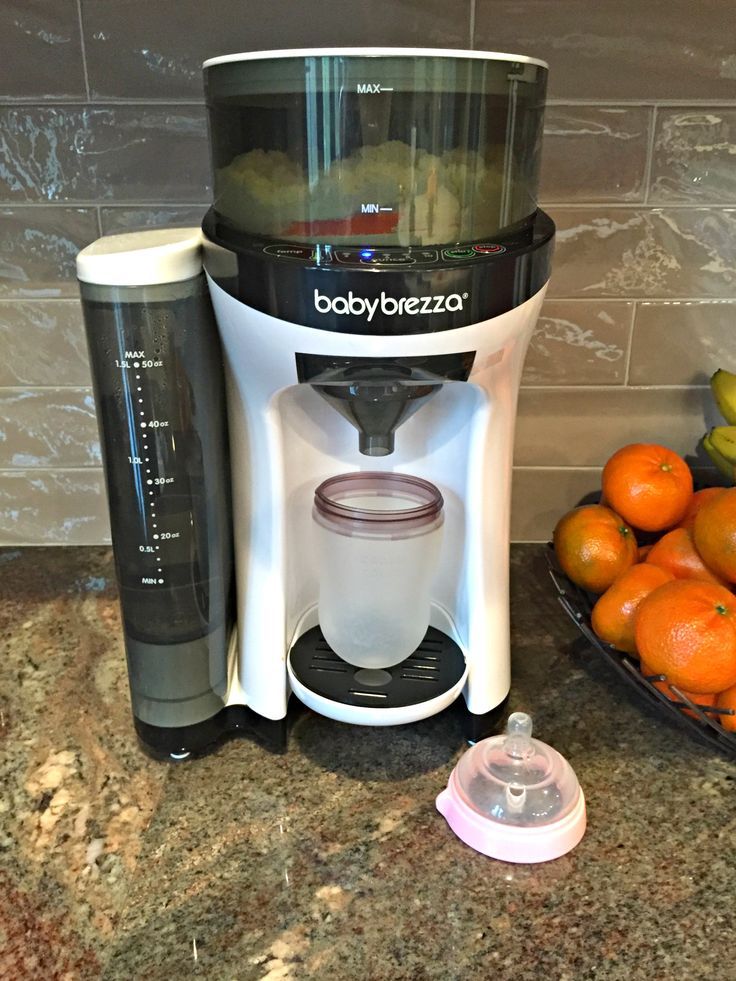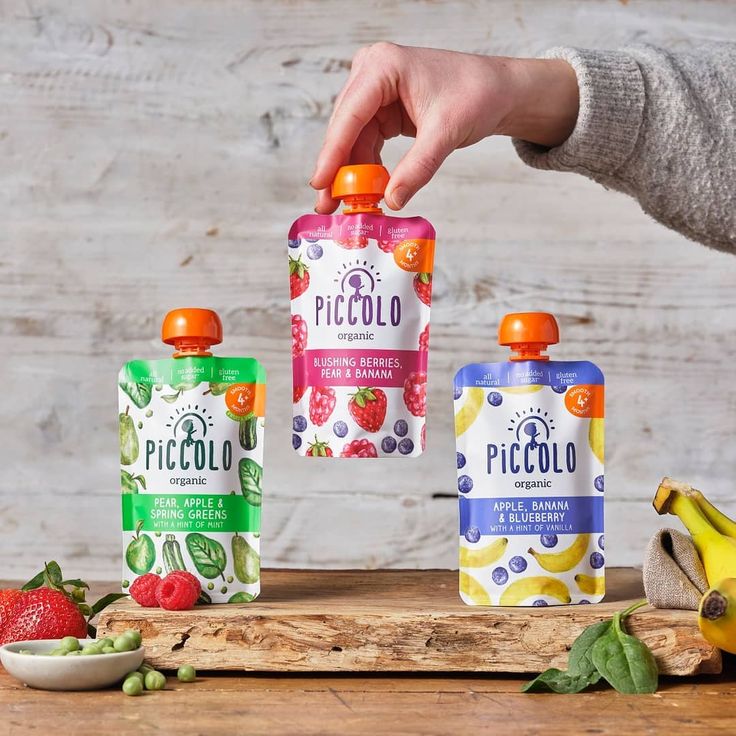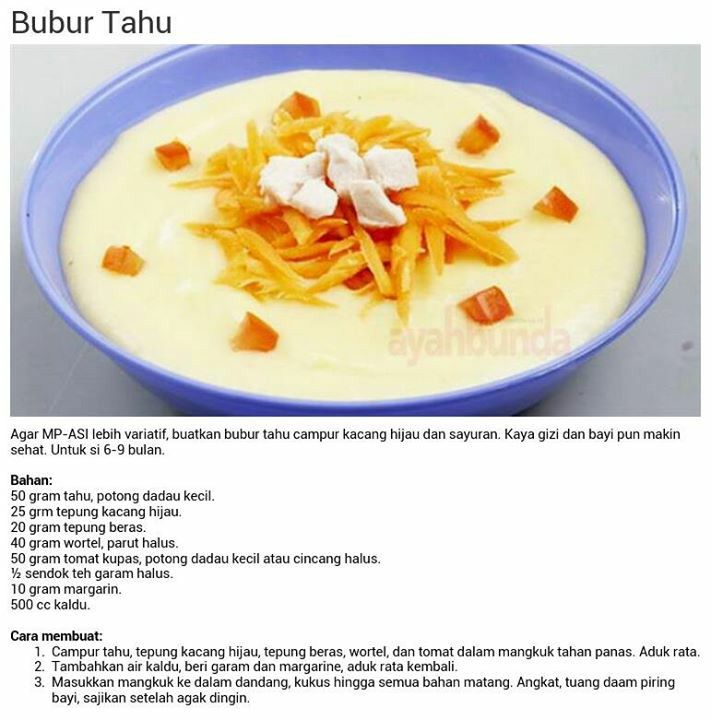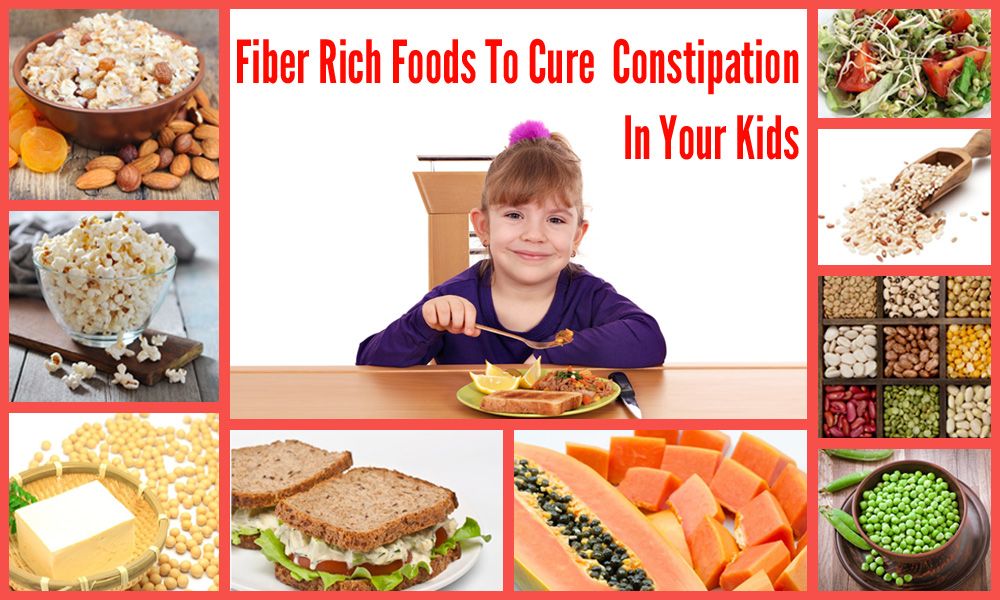Textured food for babies
Textured Foods: How to Transition Baby from Puree to Table Food
Is your baby refusing to eat food other than purees? Not sure how to introduce textured foods to your baby? Here are some expert tips from a registered dietitian.
Jump to:- When to Move to Textured Foods
- How to Transition to Table Food
- What If your Baby Stops Eating
- Role Model!
- I want to leave you with this:
When to Move to Textured Foods
Generally speaking, most babies are ready to transition from purees to textured foods between 6-9 months.
Is your baby 6 months old and up?
Learn all the secrets to starting solids safely while optimizing nutrition!
I NEED IT NOW!
If you decide to take the baby led weaning approach, then your baby will learn to handle textures from the start.
If you’re starting out with purees, it's best to keep this stage pretty short. That’s because research shows that infants who are introduced to textures by 9 months generally have less feeding problems and greater food acceptance down the road.
Therefore, you need to gently challenge your baby with new food consistencies. Otherwise, they will get used to just swallowing and not learn to move food around in their mouth and chew. All this leads to an increased aversion to textures.
If you haven’t decided which feeding method is right for you and your family, then check out this post - Starting Solids - Purees vs. Baby led weaning.
And remember, babies don’t need teeth to chew! It's amazing what their gums are capable of!
The Benefits:
- Increased acceptance of variety
- Strengthening of baby’s jaw muscles
- Promotes speech development
How to Transition to Table Food
First, if you've started on purees and feel stuck, allow me to guide you!
Every child is different and contrary to what you may have been told, you don’t necessarily have to introduce textured foods in any specific order or stages. Everything you see in the visual is appropriate and safe to serve to your baby.
Everything you see in the visual is appropriate and safe to serve to your baby.
But your baby or you might need the gradual progression. Perhaps your baby has a very sensitive gag reflex or other underlying issues. ALWAYS do what feels best and comfortable for you and your family. Just remember not to stay at any one stage for too long.
You can start by thickening the baby purees to encourage the use of the tongue and muscles in the mouth to start the chewing process. This can be accomplished by adding less water or liquid when pureeing.
If you've been spoon-feeding, try preloading the spoon (here's one that I highly recommend!) and either place on the table or hold it out for them to grab.
Then move onto lumpy to mashed to soft minced and chopped up foods along with soft finger foods. Here are easy ways to incorporate vegetables for babies 6 months and up!
Oatmeals/porridges are a great place to start. Try offering these oatballs. Add finely chopped vegetables or fruits to quinoa cereal.
Additionally, don’t think you can’t serve the previous texture once you move on. It’s important to continue exposing them to a wide variety of textures.
Safety Tips
- Always stay close to your baby.
- Make sure your baby is secured tightly in a highchair, sitting upright and not leaning back. Their feet need to be supported as well!
- Be sure to serve age-appropriate food size and texture.
- Avoid foods that are small and round (e.g. grapes, blueberries), hard (raw vegetables, nuts), or sticky (thick nut butter, candy) as they are choking hazards.
Is it going to be messy? Absolutely! As hard as it may be, learn to embrace it as it's SUCH an essential part of the self-feeding journey. In the meanwhile, here are some products that I recommend
What If your Baby Stops Eating
from my IG account: @kidfriendly.mealsBe Patient
It’s normal for your baby to resist texture at first because it’s unfamiliar and feels unsafe. While it's tempting to continue serving just purees, DON'T fall back! Keep marching forward otherwise your baby will never learn.
While it's tempting to continue serving just purees, DON'T fall back! Keep marching forward otherwise your baby will never learn.
Of course you worry when your baby doesn't eat as much as you think they should, but by no means should you rush them or force-feed. You do need to gently and lovingly pressure/challenge them by continuing to offer.
Remember, learning to chew and swallow different textures takes time to master so keep giving them plenty of opportunities to practice in a safe, pleasant, and encouraging eating environment! That’s the best thing you can do!
Again, your baby is most likely not going to consume much, if any, at first. But remember, at this age, exploring all the different textures and advancing their oral motor skills (moving food around the mouth, chewing, etc.) is much more important than the amount of food that actually makes it into the belly.
With continuous exposure and practice, your baby will gain the skills and confidence needed to handle textured foods. And you'll be so glad that you stuck with it and didn't give in.
And you'll be so glad that you stuck with it and didn't give in.
As you navigate through this challenging transitional period, I hope these reminders provide some much needed reassurance and peace of mind.
- Your baby’s appetite will vary from day to day.
- Their tummies are tiny so they don’t need much.
- Breastmilk/formula will continue to be the main source of nutrition during the 1st year. If your baby didn't eat much, you can offer milk about 30-45 minutes after the meal has ended (don't offer immediately after). That way they're still getting the nutrition they need, and they won't make the association of "ooh if I don't eat, mommy will give me milk!"
Gagging
Most likely, there will be a lot of gagging. This is again quite normal as your baby learns to handle new textures. It’s a safety mechanism that actually helps prevent choking and helps your baby in learning to manage food safely.
So don’t fall back on offering the safer purees.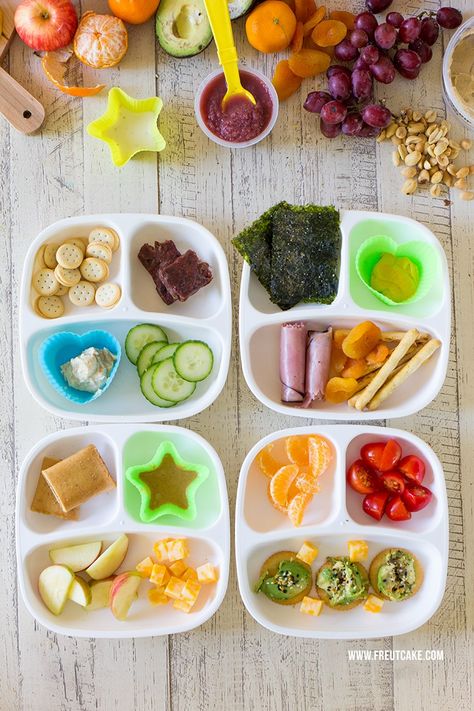 Again, gently challenge them to accept new textures and to learn to chew by offering a variety.
Again, gently challenge them to accept new textures and to learn to chew by offering a variety.
On the other hand, if the gagging persists and your baby is visibly upset then it’s best to consult with your physician to make sure there aren’t any other underlying issues, like oral motor delays, sensory sensitivity, or a medical condition, that need to be addressed.
Spitting
As babies are learning to chew and swallow, they will likely spit out food that is too large to swallow. It's also a part of learning to chew. So don't intervene. Let it be.
Role Model!
It's important to keep the mealtime environment safe and positive. Offer different textured foods without pressure and encourage your baby's curiosity with exploring the food. The best thing you can do is have your baby join the family during mealtimes as much as possible. They learn so much from simply watching what you do. The more they see everyone enjoying their food, laughing, and having a grand ole time, the more they're going to want to be a part of it.
Show how you grab food with your hand and bring to your mouth. Exaggerate chewing with your mouth open. This is not the time to mind your table manners.
EACH and EVERY time your baby is exposed to new flavors and textures, they are learning and gaining confidence from it.
I want to leave you with this:
Be patient. Continue to offer a wide variety of textures (and flavors!). Trust the process! It's one bumpy ride and we need to be in it for the long-haul. And if you need a step-by-step guidance, check out my 3 month program below. It's complete with daily cooking demos, game plan, recipes, etc. to help you to move beyond purees!
Do you want to minimize picky eating and set a solid foundation for a lifetime of healthy eating habits?
Check out this 3 month mastering self-feeding program! It’s the closest thing to me being in your kitchen
Introducing Solids: Foods & Textures
FRead time: 8 minutes
What to know about starting your baby on solid foods:Let your baby lead the way with food
Learn your baby’s cues for hunger and fullness
Offer a wide variety of flavors and textures
Avoid certain foods in the first year
Starting solids is an exciting milestone and huge transition in your baby’s first year.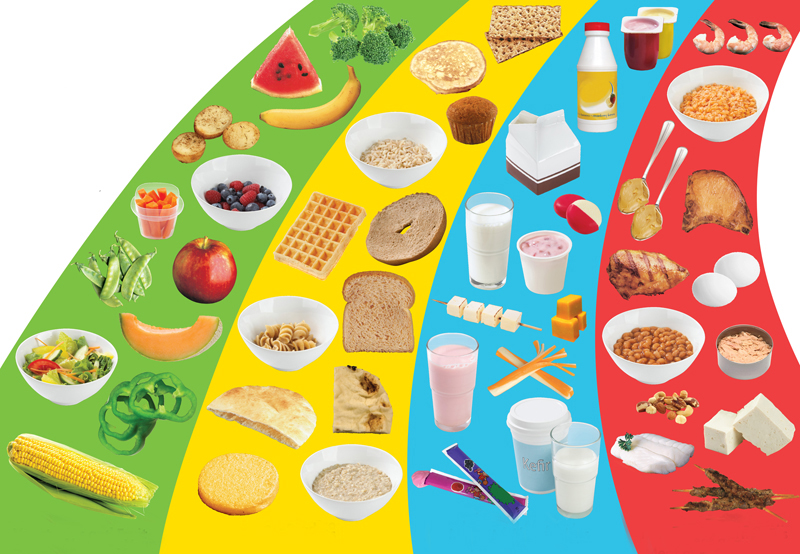 When your baby seems ready (for most babies, at around six months), it’s important to let them lead the way with food.1
When your baby seems ready (for most babies, at around six months), it’s important to let them lead the way with food.1
Allow your little one to decide how much and even whether they want to eat.2 Keep in mind that erratic eating patterns are perfectly normal. Just like you, your baby may be very hungry one day and less hungry the next. By being mindful of your baby’s hunger and fullness cues, you’ll both learn together.3
Read more: Starting Solids: Signs of Readiness
Getting Started: How much should I feed my baby?Start by offering 1 to 2 tablespoon of food one to two times per day.6,27 It is perfectly normal for your baby to push food out of their mouth while learning to handle solids.1
Remember, your initial goal is to introduce your baby to the new tastes and textures of solid foods.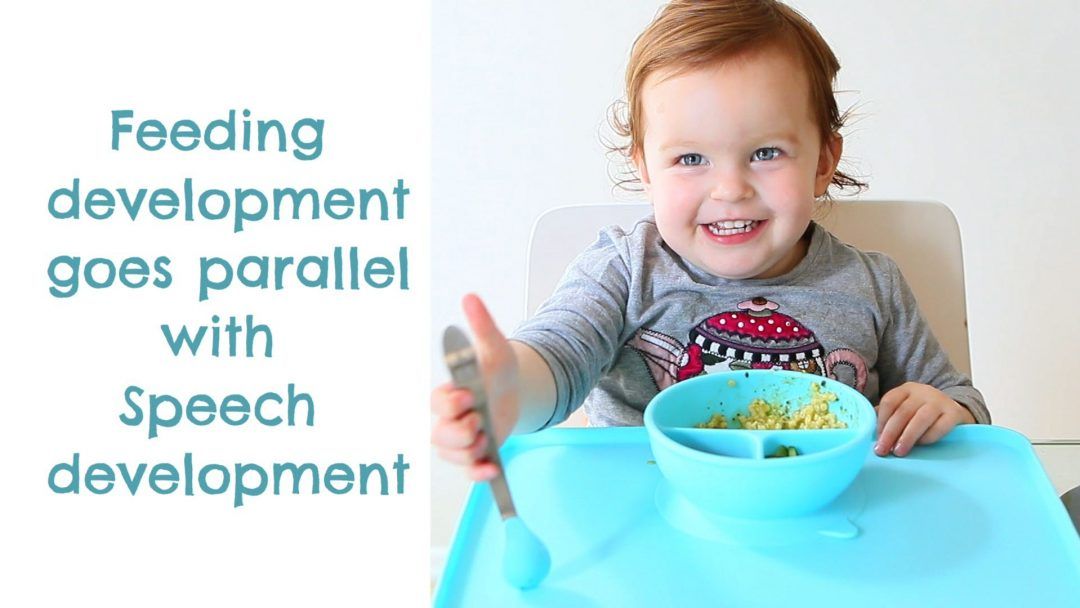 At first these foods will not contribute many calories. Rest assured, even if baby doesn’t do much eating, breastmilk or formula (or a combination) will continue to provide your little one with most of the nutrition they need for the first year of life.7,8
At first these foods will not contribute many calories. Rest assured, even if baby doesn’t do much eating, breastmilk or formula (or a combination) will continue to provide your little one with most of the nutrition they need for the first year of life.7,8
Introduce one “single-ingredient” food at a time from any food group and wait 2-3 days before introducing a new one.1 This would allow you to observe for any allergies or intolerances. During this time you can continue to offer all other foods that you know your little one can already tolerate.
Learn more: Starting Solids Food Chart
Gradually increase the variety and amount of food you feed your babyAs your little one gets the hang of eating and shows interest in eating more, you can begin offering foods 2 to 3 times per day.6,27
Consistently exposing your child to a wide variety of healthy foods is key in expanding your baby’s palate. 9 Focus on introducing lots of vegetables, fruits, proteins, and whole grains in the texture your baby can handle without worrying so much about the order of the introduction.10,11
9 Focus on introducing lots of vegetables, fruits, proteins, and whole grains in the texture your baby can handle without worrying so much about the order of the introduction.10,11
Babies do naturally like sweet tastes, so letting them experience the real and sometimes bitter taste of vegetables – repeatedly – can help your little one to accept these foods.12,13 If your baby doesn’t like something at first, don’t worry. It can sometimes take more than 10 tries for a child to accept and enjoy new or disliked foods and flavors, so stick with it!13,14
Read more: Helping Your Child Learn to Love Healthy Foods
Baby’s first foodsResearch shows that the first few months of solid food eating is the best window of opportunity to get a child to eat new, healthy foods. 9,13 When first introducing foods to your little one, you may choose to cook and puree foods, or gently mash soft foods. Prepared baby purees are also an option.
9,13 When first introducing foods to your little one, you may choose to cook and puree foods, or gently mash soft foods. Prepared baby purees are also an option.
Peeled, soft cooked, pureed or mashed apple, pear, carrots, or butternut squash
Mashed, peeled, ripe banana, avocado, pear, peaches, or kiwi
Soft cooked (peeled when needed) pureed peas, broccoli, green beans, sweet potatoes, or white potatoes
Pureed soft cooked proteins like fish, tofu, beans, chicken, turkey, or beef
Pureed cereals such as rice, barley, oats, or quinoa
Plain whole milk yogurt blended with fruit
Read more: Introducing Solids: Purees vs. Baby Led Weaning
Don’t delay: Advance food textures as soon as your baby is readyOnce your baby is eating more and doing well with purees, it’s important to advance to more solid textures. Research shows that waiting beyond nine or ten months to progress to lumpier foods may lead to selective eating and even rejection of food consistencies other than purees.15,16,17
Research shows that waiting beyond nine or ten months to progress to lumpier foods may lead to selective eating and even rejection of food consistencies other than purees.15,16,17
If you began feeding your baby purees, be sure to advance to a thicker, lumpier consistency once your baby is ready.
When your baby has mastered thick and lumpy purees, move on to soft finger foods.
Make sure that anything you feed your baby can be easily smushed between your fingers. This way you know your little one will be able to ‘gum’ their food, even if they do not have many or any teeth.15
By the end of your child’s first year they will most likely be able to sit at the family table and feed themself soft finger foods.18
Examples of foods with more texture include:Slivers or finely chopped pieces of soft cooked meat, like soup chicken or ground meat in a broth or mild sauce.
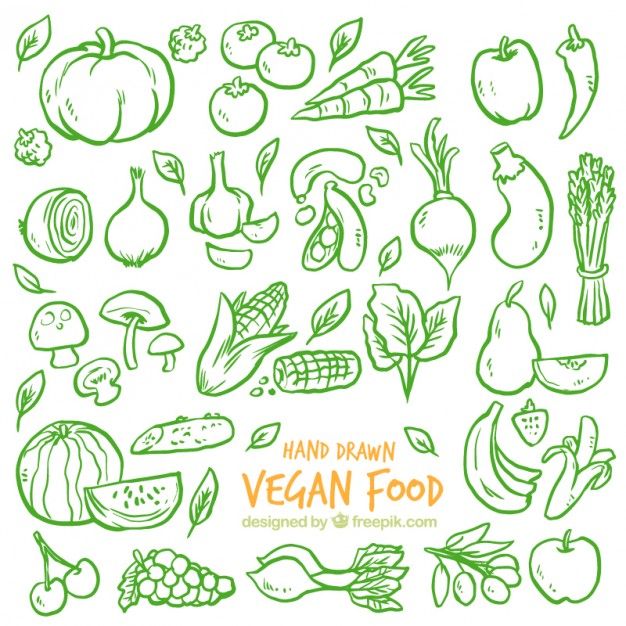
Scrambled eggs
Strings, pea-sized soft cubes, or small pieces of cheese
Over-cooked whole grain pasta with some butter, olive oil, parmesan, or ricotta cheese
Cooked whole grains, like barley, oats, or quinoa
Cubes or strips of roasted or steamed vegetables: Sweet potato, squash, zucchini, green beans, and asparagus tips.
Small chunks of soft avocado, banana, and over-ripe peaches.
Whole-grain bread or waffle strips
Read more: Meal Plan for 6 to 9 Month Old Baby
Foods to AvoidCertain foods pose a health risk while others pose a choking risk.
Foods to avoid during the first year of life:Honey due to the risk of botulism spores20
Whole milk due to the risk of iron deficiency and intestinal bleeding when given in large amounts during infancy.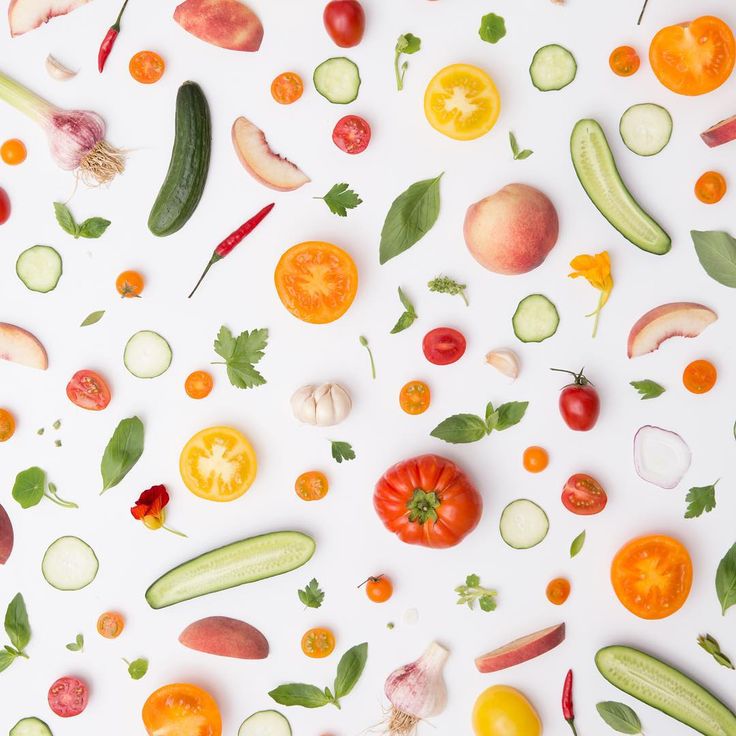 21 (Note that feeding your baby yogurt, or using whole milk in recipes is perfectly safe as long as they do not have a milk protein allergy or lactose intolerance).
21 (Note that feeding your baby yogurt, or using whole milk in recipes is perfectly safe as long as they do not have a milk protein allergy or lactose intolerance).
Added sugar and salt (Do not add sugar or salt to foods).22
Choking Hazards such as nuts, seeds, dried fruit, popcorn, whole grapes and cherry tomatoes, whole kernel corn, olives, hot dogs; hard, raw fruits or vegetables such as apples, celery and carrots; chunks of meat or poultry; hard candy, gum drops and jelly beans.23,24
Caffeine-containing foods such as coffee, tea and cola drinks which can make babies and children irritable.25
Fruit juice. Babies under 1 year should not have fruit juice. Children aged 1-3 years should have no more than 4 oz of 100% fruit juice (may be diluted with water). 26
26
Read more:
Avoid Giving Your Child Too Much Sugar and Salt
Preventing Choking in Infants and Toddlers
Tips on how to introduce solid foods to your babyAllow your child to learn to eat by experimentationEven if this means playing with the food; throwing most (or all) of the food on the floor; tasting the food only to then spit it out; and even smearing the food in their hair - let your baby have fun with food! It’s messy but will help your little one learn to feed themselves as well as be more likely to taste a new food you’ve provided.29
Read more: Teaching Your Baby to Self-Feed
Follow your baby’s hunger and fullness cuesHunger
Any new skill can be frustrating to learn, and eating solid foods is no different. To minimize the challenges, offer your child food when they are showing signs of hunger, but are not ravenous. 1,4,5A child that is too hungry may not have the patience to practice eating solids.
1,4,5A child that is too hungry may not have the patience to practice eating solids.
Your baby’s hunger cues:
Smiling, gazing, and cooing at you during feeding
Leaning their body or actively moving their head towards food
Grabbing at the spoon or a hand holding food
Attempting to swipe food toward their mouth
Fussing and crying (provided, of course, you have ruled out other reasons like a full diaper or other discomfort). **This is a late sign of hunger. Your little one may be too hungry at this point and may prefer breastmilk or formula over solids to fill their bellies quickly.1,4,5
Fullness
It’s important to practice responsive feeding: Feeding your little one when they indicate hungry and stopping when they’re full.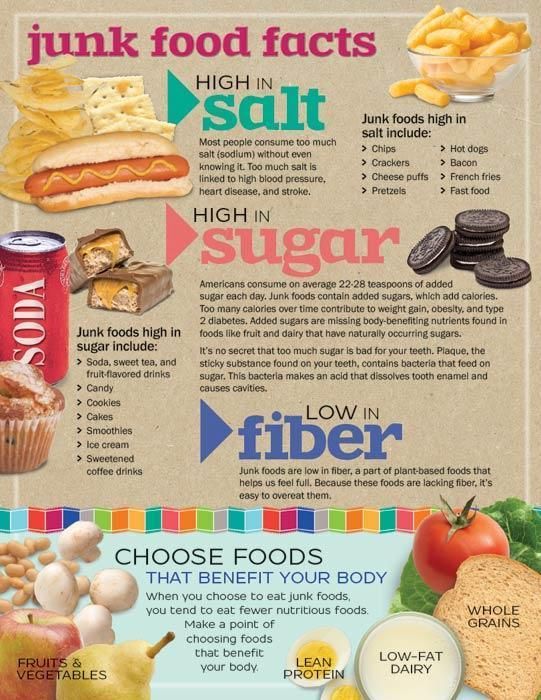 Let baby decide how much food they want to eat. Don’t try to get in one more bite!
Let baby decide how much food they want to eat. Don’t try to get in one more bite!
This is the time your little one is learning to listen to their body and to stop eating when they are full. Forcing your little one to eat when they don’t want to may have unintended consequences, such as overriding your baby’s internal hunger and fullness cues or developing unhealthy eating habits.19,28
Your baby’s fullness cues:
Pursing their lips or closing their mouth
Turning or moving their head away from the approaching spoon or a hand holding food
Leaning their body away from the advancing spoon or hand with food
Acting uninterested or wanting to avoid the food entirely
Becoming easily distracted from the food in front of them
Spitting out the food or stopping eating altogether
Throwing food onto the ground or play with the food19,28
Listening and responding to your baby’s hunger and fullness is called Responsive Feeding.
Learn more: Understanding Your Baby’s Hunger and Fullness Cues
Start practicing the Division of ResponsibilityWhen it comes to feeding your little one, the Division of Responsibility (DOR) can help take the stress out of mealtime.
Your job in the DOR is to provide healthy foods, at a table or highchair, and at specific meal and snack times.
Your child’s job is to decide how much of each food to eat… and whether they will eat it at all.30
This strategy can be used beyond infancy into childhood to help keep peace at the table and help prevent picky eating.31
Read more: The Division of Responsibility: Helping Avoid Picky Eating
Let baby practice with utensils and cupsStart offering a small amount of water in a sippy cup or soft infant cup (only a few ounces per day total) to allow your little one to practice. This will help them build their fine motor skills as well as get them used to drinking water.32
This will help them build their fine motor skills as well as get them used to drinking water.32
Provide baby spoons and forks and let your little one have fun.33 At first it may be just something to play with, but eventually they will get the hang of it!
Include your baby in family mealsFrom the beginning, expose your baby to a variety of healthy food choices and appropriate mealtime behavior.34 It’s never too early to start fostering a healthy relationship with food. Turn off the TV and any other distractions and allow everyone to focus on their food and each other.35
Read more: Family meals: Developing Healthy Eating Patterns
Let's Chat!We know parenting often means sleepless nights, stressful days, and countless questions and confusion, and we want to support you in your feeding journey and beyond.
Our Happy Baby Experts are a team of lactation consultants and registered dietitian nutritionists certified in infant and maternal nutrition – and they’re all moms, too, which means they’ve been there and seen that. They’re here to help on our free, live chat platform Monday - Friday 8am-6pm (ET). Chat Now!
Read more about the experts that help write our content!
For more on this topic, check out the following articles:
How Can I make my own Pureed Baby Food?
Introducing Major Food Allergens
How do I Choose Store Bought Baby Food?
Food Safety for Babies and Toddlers
How to Store Baby Food
Sources
Proper nutrition of a child is a guarantee of health - Children's City Polyclinic No. 1
Every parent wants his child to grow up healthy, smart, happy.
From childhood, we must teach our children to choose from the variety of foods that are really good for health. The nutrition of children is somewhat different from the nutrition of adults. If the child's nutrition system is built correctly, then the child develops normally, both physically and mentally. nine0007
If the child's nutrition system is built correctly, then the child develops normally, both physically and mentally. nine0007
Make your family's way of life by introducing your child to proper nutrition every day. There is no need to arrange constant lectures from this on the topic of what is useful and what is harmful. By actively communicating with your child, setting an example, you instill good eating habits.
Only good things should be spoken at the table. The situation should help the child to relax, then the appetite will be good and the mood will be friendly. Children can help you with serving and decorating dishes. When serving vegetables and fruits, ask the children what vitamins and minerals they contain and why they are so useful. nine0003 In order to organize the proper nutrition of the child, you need to follow several important rules:
Rule 1
Food should be varied.
This is an important condition for the child's body to receive all the substances necessary for growth and development. Every day, the child's menu should include: fruits and vegetables; meat and fish; milk and dairy products; grain products (bread, cereals, cereals). Insufficiency or excess of food consumed by a child can adversely affect the activity of the gastrointestinal tract, contribute to metabolic disorders, increase overweight (even to various degrees of obesity) or lead to malnutrition. nine0007
Every day, the child's menu should include: fruits and vegetables; meat and fish; milk and dairy products; grain products (bread, cereals, cereals). Insufficiency or excess of food consumed by a child can adversely affect the activity of the gastrointestinal tract, contribute to metabolic disorders, increase overweight (even to various degrees of obesity) or lead to malnutrition. nine0007
If the child refuses, there is a healthy dish, offer him to experiment and make the dish unusual.
So, with the help of dried fruits and nuts, you can put a funny face on porridge, use ketchup and greens to draw a pattern on scrambled eggs, put mashed potatoes on a plate in the form of a snowman figure, etc.
What should not be used in children's nutrition:
- Offal, except liver, tongue, heart; blood, liver, raw smoked sausages. nine0045
- Deep-fried foods and culinary products, chips.
- Curds, condensed milk with vegetable fats.

- Koumiss and fermented milk products containing ethanol (more than 0.5%).
- Cream confectionery containing vegetable protein.
- First and second courses based on fast food concentrates.
- Vinegar, mustard, horseradish, hot peppers and other hot spices and food products containing them, including hot sauces, ketchups, mayonnaises and mayonnaise sauces. nine0045
- Pickled vegetables and fruits.
- Natural coffee and carbonated drinks, apricot kernels, peanuts.
- Products, including confectionery, containing alcohol.
- Food products containing a large amount of food additives in their composition (information is indicated by the manufacturer on consumer packaging).
- Dry concentrates for cooking first and second courses (soups, Dosherak vermicelli, cereals).
Rule 2
The child should eat regularly.
Compliance with the diet of children is of great importance for the absorption of nutrients by the body. Preschool children are recommended to eat 4-5 times a day, every 3 hours, at the same time, distributing the diet as follows: breakfast - 25%, lunch - 35%, afternoon snack - 15%, dinner - 25% . At school age, it is advisable to have four meals a day, every 4 hours with an even distribution of the daily ration: breakfast - 25%, second breakfast - 20%, lunch - 35%, dinner - 20%. nine0007
Preschool children are recommended to eat 4-5 times a day, every 3 hours, at the same time, distributing the diet as follows: breakfast - 25%, lunch - 35%, afternoon snack - 15%, dinner - 25% . At school age, it is advisable to have four meals a day, every 4 hours with an even distribution of the daily ration: breakfast - 25%, second breakfast - 20%, lunch - 35%, dinner - 20%. nine0007
Try to stop snacking and teach your child to eat only at the table. If this still doesn't work, offer fruit, biscuits, juice for a snack - food that will help drown out hunger, but will not ruin your appetite.
Proper organization of meals at school in the form of hot school breakfasts and lunches is an important health-improving measure for student children in extended day groups, whose diet should be 50-70% of the daily norm, which, unfortunately, parents do not have enough are paying attention. Eating sandwiches, pizza, chips, chocolate bars is harmful because - this food is inferior in composition and also irritates the stomach, contributing to the development of gastritis. nine0007
nine0007
Rule 3
A child's diet should replenish his daily energy expenditure.
If your child is overweight, limit the amount of sweets and high-calorie desserts, empty the refrigerator. Put a bowl of fruit on the table, a plate of whole grain bread. Children can eat fruits without any restrictions, it is almost impossible to overeat them, and they are very useful. With a lack of any mineral substance or vitamin, the child himself will ask for the apple or even greens he needs. nine0007
Try to get your child involved in sports, take walks together, even if little by little, but regularly.
Thus, building proper nutrition for children requires taking into account the characteristics of the child's body, knowledge of certain rules and principles of healthy nutrition.
The material was prepared by the editorial and publishing department of GBUZ JSC "CMP" - 2020
Peculiarities of baby food
Peculiarities of baby food nine0113
Meals for children has its own characteristics and complexities.

When planning a child's diet, consider certain features of the child's body.
Child growth
The main difference between baby food is the growth of the child's body. That is, a baby needs more protein than an adult. Knowing about it many adults make the mistake of focusing on creating a high protein diet, although even the usual protein food consumed by adults contains
more protein than breast milk.
High mobility
Another feature of baby food is that children are very mobile in different from adults. Greater mobility of the child's body contributes to exchange normalization. If children are forcibly restricted in their movements, this provokes insufficient secretion of growth hormones, diseases, and as a result - developmental delay.
Consumption of sweets
Due to the high metabolic rate, children, unlike adults, are able to absorb significantly more sweets without much harm to themselves.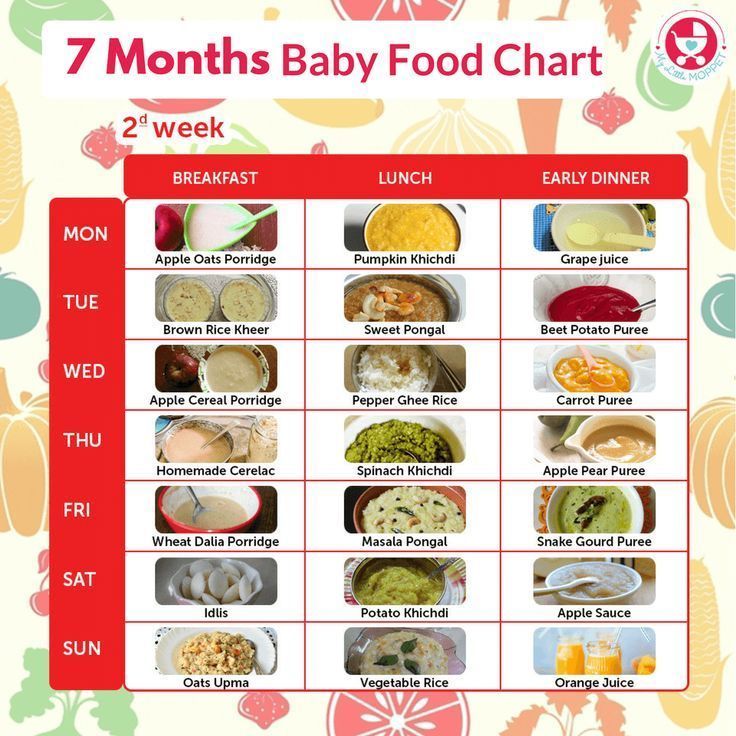 However, they should not be encouraged to do so. Although sweet foods are natural origin are very beneficial for the child.
However, they should not be encouraged to do so. Although sweet foods are natural origin are very beneficial for the child.
In addition, children are much more active than adults. use cholesterol. It is very important for health, is the main component of the membrane, which surrounds cells throughout the body. And the child grows, and he forms a lot new cells. nine0119 An important nuance is the fat cells that make up the "fat" according to most are formed during the first years of life. Subsequently they grow and grow in size. Therefore, what it looks like an adult is largely associated with nutrition in childhood.
Regulatory Excellence mechanisms
The most important feature of baby food . Regulatory mechanisms in the child's body controlling the inflow and outflow of energy, function perfectly. His The body knows exactly what food and in what quantities it needs. However, if there is an abundance of deliciously cooked (with spices, fried, fatty and etc.) and sweet dishes, the appetite will be coordinated by the tongue, and not by the physiological need. nine0007
However, if there is an abundance of deliciously cooked (with spices, fried, fatty and etc.) and sweet dishes, the appetite will be coordinated by the tongue, and not by the physiological need. nine0007
This level of regulation remains until the age of 14-17. Further it is preserved under the condition that a person leads a healthy lifestyle.
You can identify a number of general rules - recommendations, to which it makes sense to listen in order to provide the child with the right diet.
1 baby food rule - diet
Proper nutrition of the child involves the absence of strict dietary compliance.
What kind of lunch if you need to launch a rocket or put a doll to bed sleep? Such matters are as important for a child as love is for an adult, interesting work, rest.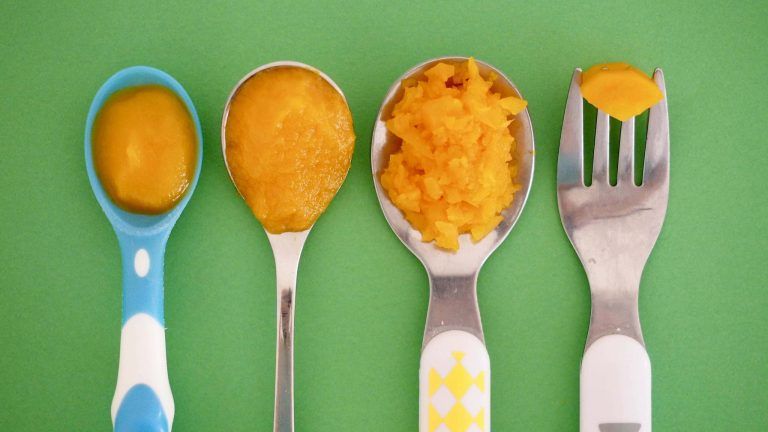 Children are tiny but full-fledged people who are still in need of care.
Children are tiny but full-fledged people who are still in need of care.
In addition, when there is no feeling of hunger, then eat the body is not yet ready to eat, eat without pleasure, therefore food won't go well. When hungry, the baby will ask for it. And there is no problem in that the child ate instead of three, two or five times a day. If food normal and do not use violence against the child, then there will be neither malnutrition nor overeating. nine0007
Baby food rule 2 - non-violence In most cases, the child is persuaded to "eat for dad, grandfather, mother, etc.", or they simply order "until you finish eating, you won’t get up from the table." And if we imagine how we would feel in such a situation? The baby's body does not need food at the moment, so he does not want to, only Total. Appetite may arise after some time, and there is no point in being offended. However, the appetite should be for natural products - porridge, potatoes, apple, milk, not sweets and cookies.
Separately, it is worth dwelling on proper nutrition a child with diseases. very wide the practice of "feeding" sick children is practiced. There is an opinion that this gives the body extra energy to fight the disease.
Paradox - in following: the body really needs strength, it mobilizes all the resources to restore the shattered balance. And the patient has no appetite because all the energy is directed to the fight against the disease, and it simply does not remains on the process of digestion. Animal instinct is at work here. is aimed at survival, and no food simply "climbs". For example, patients animals do not touch food, even if it lies in front of their noses. nine0119 And force-feeding for medicinal purposes directly harm the child.
Preferably, offer him hot drink - tea with honey, warm fruit drink, etc.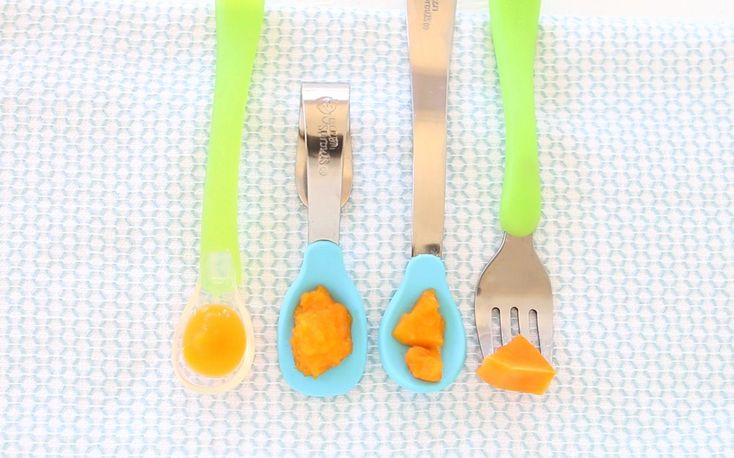
4th rule - freedom in everyday nutrition
In terms of everyday nutrition, it is better if children have choice of products. Thus, the problem itself is solved nutritionally balanced flax substances and dietary calories.
Based on long-term observations, it was found that with the presence of freedom of choice, children at the level of intuition or subconsciousness are able to create a menu that will be the best in every respect. adult function here - to orient the child in relation to the correct combination of products.
5 rule - fruit
Children can eat fruits without any restrictions, it is almost impossible to overeat them, and they are very useful. But if the child refuses, no need to force. With a lack of any mineral or vitamin, the child himself will ask he needs an apple or even greens. nine0007
nine0007
It is only necessary to coordinate the combination of fruits with other products. These combination rules are objective for both children and adults. If the products are combined correctly, healthy children will lack gas emission, the stool will be odorless with a normal consistency, the tongue will be red and clean.
6 children's rule nutrition - protein food
Protein food should be given to the child 1-2 times a day for desire, but do not worry if he prefers rice or potatoes instead of cottage cheese or pea porridge. But an excess, like a lack of protein, can lead to unpleasant consequences. nine0007
You should not teach a child to sausage, because it unnatural food that deceives the taste organs. From natural products origin, the child should be able to choose from what they eat adults.
7 baby food rule - dairy products
Milk, curdled milk, kefir, yogurt represent makes great food for kids.
 However, they should not be combined with starches. A child at the age of one and a half should not be fed with cereals for milk. The best option is milk and dairy products (room temperature) give as a separate meal. good variation is a combination of cottage cheese with tomatoes (carrots) with kefir, yogurt or milk. nine0165 8 baby food rule - sweets
However, they should not be combined with starches. A child at the age of one and a half should not be fed with cereals for milk. The best option is milk and dairy products (room temperature) give as a separate meal. good variation is a combination of cottage cheese with tomatoes (carrots) with kefir, yogurt or milk. nine0165 8 baby food rule - sweets If you feed your child with sweets, then definitely not after eating. Better just give half an hour - an hour before the main meal. As a rule, they always give after.
Sweet is really necessary for the children's body. Sweets natural origin - fruits, honey, dried fruits cover the needs child's body.
In case of painful conditions, reduced immunity, good options will offer him soaked dried fruits, fruits, melons, watermelons and hot drinks. And no more dishes and products. Several of these days month will replenish the resources of the child's body.




